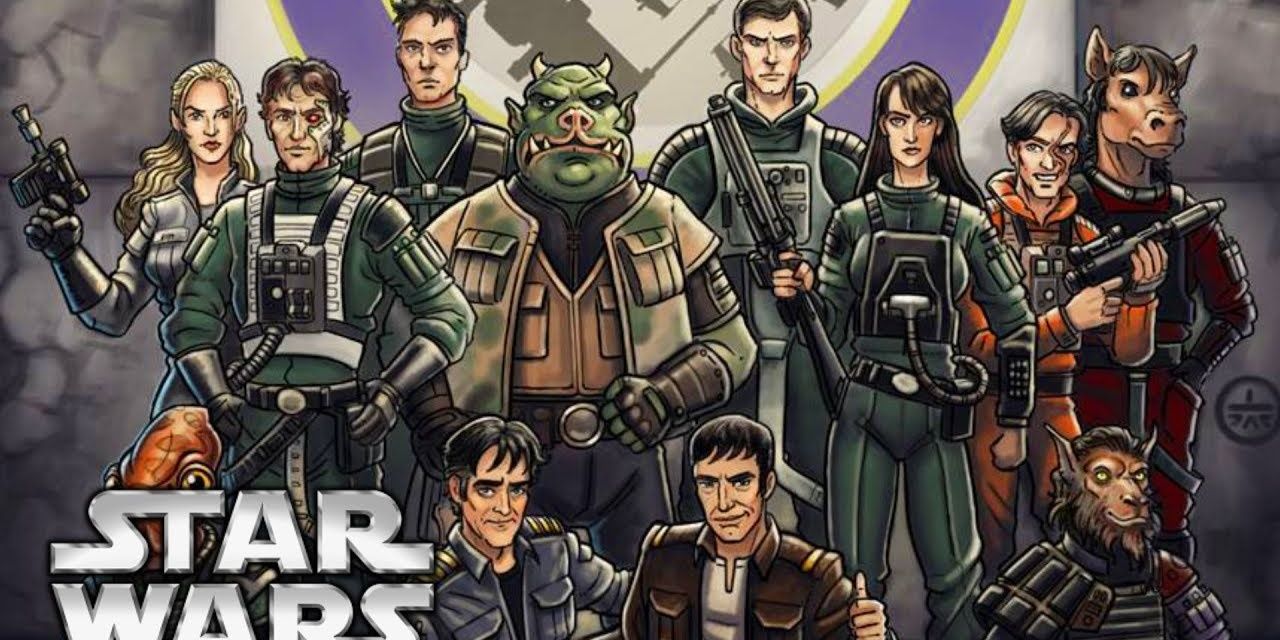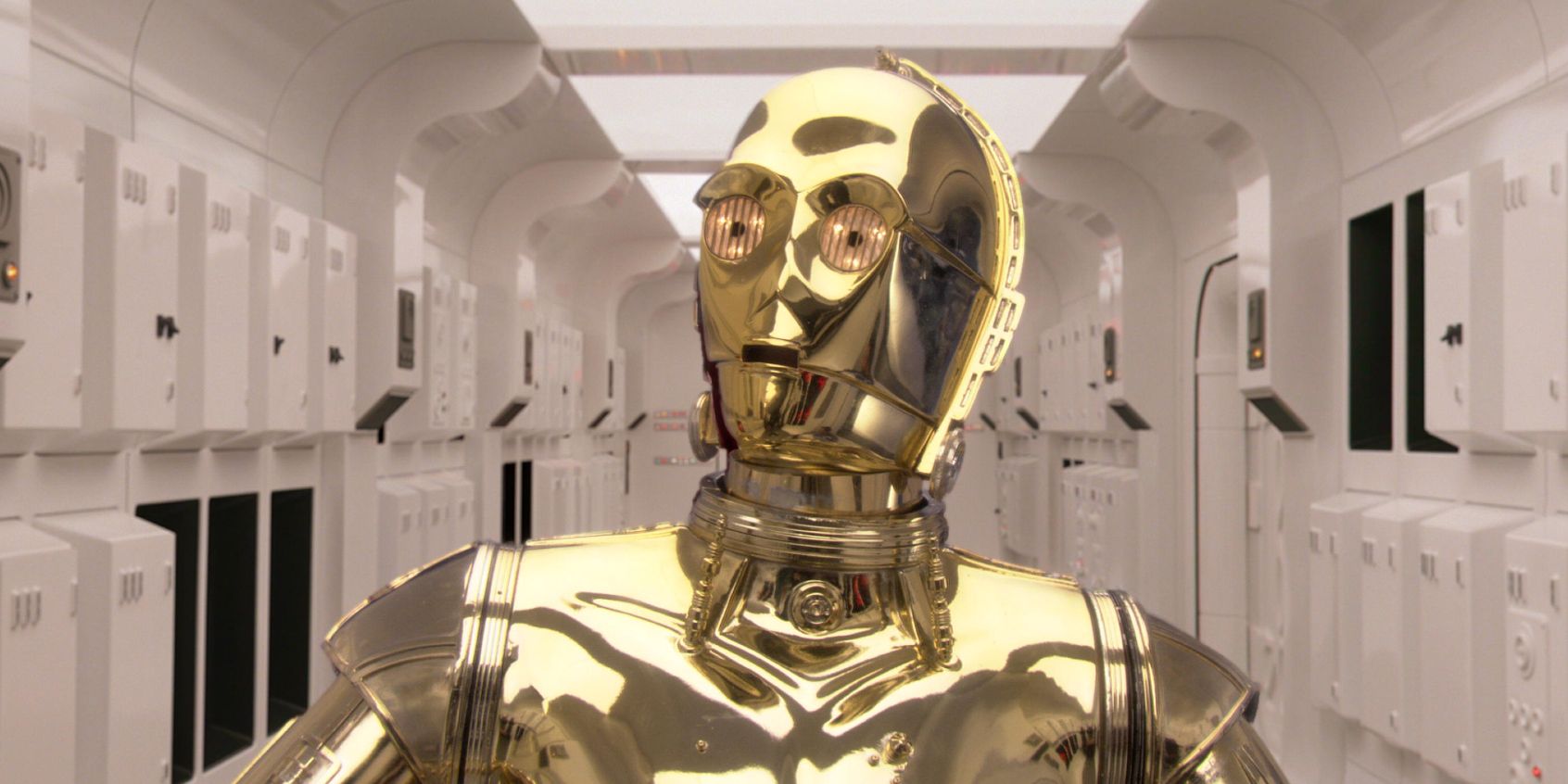Throughout the Star Wars franchise, droids are treated as property meant mainly to serve their owners. However, many of these droids are sapient, with their own personalities and desires, but they are not granted the same rights as their organic counterparts. One of the biggest proponents of droid rights in canon is L3-37 in Solo: A Star Wars Story, but there have been other activists for the cause throughout the franchise. While most fans are familiar with the droid rebellion inspired by L3-37 on Kessel, Star Wars Legends canon had its own droid rebellion on Kessel. Aaron Allston's X-Wing: Wraith Squadron series, pilot Tyria Sarkin reveals that Squeaky, a 3PO unit, led his own rebellion on Kessel. While not as flashy as L3's uprising, the Runaway Droid Ride still highlights issues with the treatment of droids throughout the franchise.
Unlike L3's uprising, which viewers watched unfold on screen, Squeaky's rebellion occurs entirely off-page and serves more as an anecdote to illustrate Squeaky's character than a major plot point. The story is mainly told by Tyria Sarkin to her fellow Wraith pilots to explain both Squeaky's acerbic personality and his freedom. As Tyria explains, Squeaky originally served on the Tantive IV until Darth Vader captured the ship. In the aftermath of the battle, Squeaky was sent to a Kessel penal colony along with the other droids on board. Once there, Squeaky began to plot his escape and arranged for himself and his fellow droids to leave the colony on a ship that had arrived to pick up Spice from the mines.
This escape became known as the Runaway Droid Ride because the road to freedom was not necessarily smooth. Kell Tainer, Tyria's fellow pilot, refers to "deep down programming inhibitions" that prevent droids from flying ships, at least in Legends canon. While this fact goes unexamined in the story, the subtext is that this programming exists precisely to prevent escapes from occurring. To get around these inhibitions, Squeaky programmed the autopilot of a ship using a terrain-following program to fly him and the other droids to freedom. Tyria explains the problem with this plan was that the "'program was strictly height above ground,'" and their escape path took the droids over canyons and other rough terrain. While it was a bumpy ride, the plan worked and the droids escape.
This anecdote subtly reveals multiple issues with the treatment of droids. Because Squeaky brought the Rebellion vital intelligence, he is given full freedom. Tyria explains that Squeaky "doesn't even have a restraining bolt port anymore. And he earns his living like people do." First, by stating that Squeaky earns his living "like people," the implication is that Squeaky is not regarded as "people." Second, the Rebellion specifically grants Squeaky his freedom based on how helpful he was to the Rebellion. However, a droid should not have to go above and beyond what is expected of them to be granted basic rights.
Like L3's uprising, Squeaky's Runaway Droid Ride calls into question the treatment of droids throughout the Star Wars franchise. To go further, both Kessel droid uprisings complicate the definition of what it means to be a person and imply that droids should be considered people as well. Unlike L3, Squeaky seems mainly focused on his own freedom after his escape. He eventually grumpily becomes quartermaster for the Wraith Squadron and helps them in their battle against the remnants of the Empire. Still, Squeaky's freedom shows that more droids across the galaxy should be granted their own freedom. While there have been other freed droids in the franchise, they are far rarer than they should be, and more Star Wars media needs to explore the issue of droid rights in the future.



